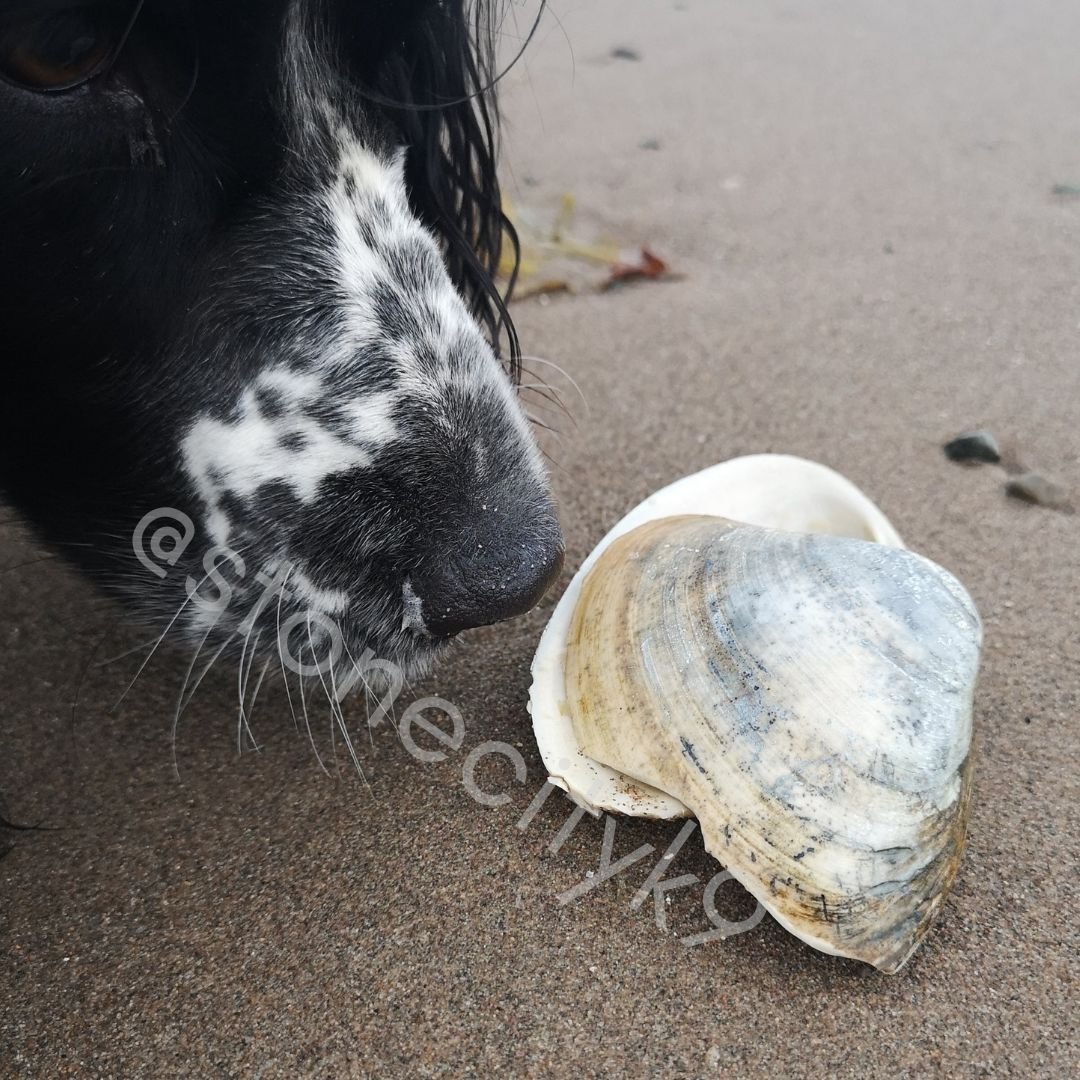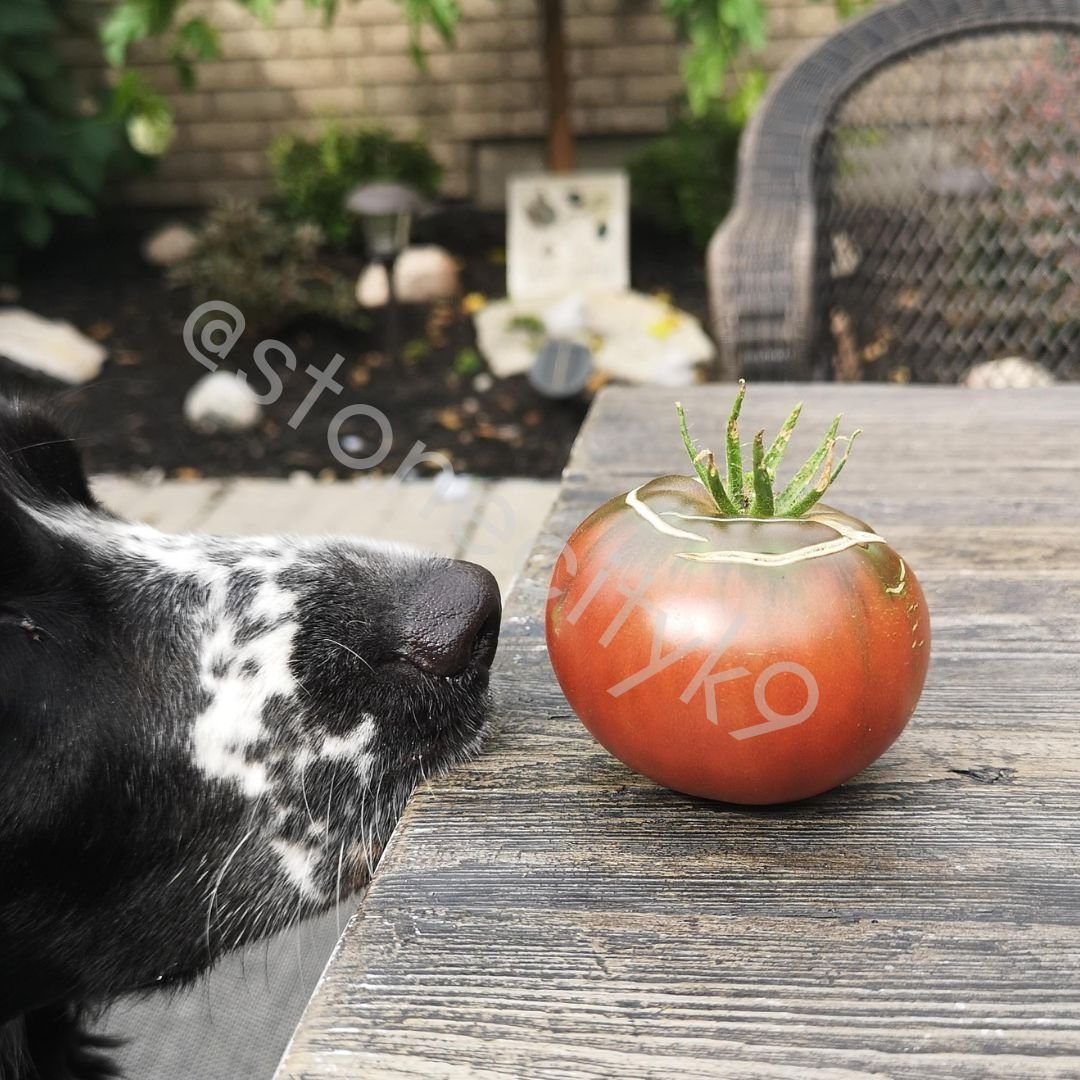Rethinking the dog walk
The following article was originally written by myself and published in the 2021 Nature Edition of Women Aspire Together online magazine. It is republished here with permission from the publication.
—
Dogs have always been an integral part of my life. As a species, they fascinate me – from their social nature to the way they can communicate such clear messages with their body language.
They also process the world very differently than humans do. In her book Inside of a Dog: What Dogs See, Smell, and Know, Alexandra Horowitz describes the expression umwelt, a term coined by German biologist Jakob von Uexküll, which describes what life is like from the animal’s perspective (1). As Dr. Horowitz explains, we can try to empathize with what it might be like to be a dog by moving down to their level to see what the world looks like from their height, taking note of the sounds and smells we might find there. We are not as sensitive to these senses, but you get the idea.
A black and white English Springer Spaniel sniffs a seashell on the beach.
In her book, Being a Dog: Following the Dog into a World of Smell, Dr. Horowitz explains, “Dogs have from two hundred million to one billion receptor cells, depending on the breed, compared to the six million in our noses. In the dog’s case, more nose mass also enables for kinds of receptors – over 800 – that themselves can encode more information about the odors.” (2)
It is this sense of smell that allows a dog to process the world vividly through their nose. What a gift!
But what if you had such an amazing way to experience the world but were never allowed to fully use it? Imagine being brought to an art gallery but every time you wanted to enjoy a painting or a sculpture, someone ushered you quickly away.
The Five Domains Model outlines the key pillars of animal welfare. It was updated in 2020 to include specific guidance on how to evaluate the impact of human behaviour on animal welfare (3). The five domains are Nutrition, Physical Environment, Health, Behavioural Interactions, and Mental State. The first three domains are what we usually think of and include food, water, shelter, physical exercise, and overall health of the body. It is in the latter two areas where additions have been made for the 2020 version of the model. Behavioural interactions involve how an animal interacts with the environment, other non-human animals, and humans – and all of these domains play a role in the mental health domain.
How do we ensure that our dogs are getting their behavioural interactions and mental health needs met? By providing them with lots of enrichment – that is, opportunities where they can act out on their species-specific behaviours. For dogs, those are activities like chewing, digging, running, tugging, social play, and sniffing.
In a 2019 study entitled “Let me sniff! Nosework induces positive judgment bias in pet dogs,” Charlotte Duranton and Alexandra Horowitz tested the effect of nosework (sniffing-based) activity on pet dogs’ emotional states (4). They found that allowing dogs to spend more time on a regular nosework activity makes them more optimistic and puts them in a better emotional state.
A black and white English Springer Spaniel sniffs a tomato.
A fairly new development in positive reinforcement-based training methodology is the decompression walk. This term, first coined by dog trainer and behaviour consultant Sarah Stremming, is defined as allowing a dog “freedom of movement in nature. (5)” The best option is a place where you can safely let your dog run off lead, but as most cities have leash laws, putting your dog on a long line with a back-clip harness can also allow them freedom of movement (provided they have had loose-leash walking training). And there is some science behind this. In a field study conducted in France, it was found that there was a correlation between a decrease in a dog’s heart rate and the intensity of their sniffing (6). In addition to that, dogs in this study that were on a long line spent 280 percent more time sniffing than dogs on a short leash, while dogs off-leash spent 330 percent more time sniffing than dogs on a short leash.
It’s not surprising to hear the success stories of decompression walks, given that we know a dog’s heart rate can be lowered through sniffing and that nosework activities promote a more optimistic emotional state. Humans also experience a number of positive benefits from being in nature. A 2015 study indicated that just 50 minutes walking in a nature setting had benefits such as improved cognition and a decrease in anxiety and rumination (7). In another study, it was found that dog owners reported positive outcomes from dog walking, such as feelings of happiness, provided they thought their dogs were also enjoying the experience (8).
So, next time you are headed out the door with Fido, consider letting them spend a little extra time with their nose to the ground. You’ll both be happier for it!
Citations:
1. Horowitz, A. (2010). Inside of a Dog: What Dogs See, Smell, and Know (First TRADE PAPERBACK Edition). Scribner.
2. Horowitz, A. (2017). Being a Dog: Following the Dog into a World of Smell (Illustrated ed.). Scribner.
3. Mellor, D. J., Beausoleil, N. J., Littlewood, K. E., McLean, A. N., McGreevy, P. D., Jones, B., & Wilkins, C. (2020). The 2020 Five Domains Model: Including Human–Animal Interactions in Assessments of Animal Welfare. Animals, 10(10), 1870. https://doi.org/10.3390/ani10101870
4. Duranton, C., & Horowitz, A. (2019). Let me sniff! Nosework induces positive judgment bias in pet dogs. Applied Animal Behaviour Science, 211, 61–66. https://doi.org/10.1016/j.applanim.2018.12.009
5. Stremming, S. (2018, January 9). A Decompression Walk Chat [Cog-Dog Radio Podcast]. Spotify. https://open.spotify.com/episode/7M8EukhA1RyxwVZv7Bvbfd?si=f7x4vbg9S2iGbsqt5QCw8A
6. Budzinkski, C., & Budzinkski, A. (n.d.). At the heart of the walk - Pulse Study. DogFieldStudy. Retrieved April 10, 2021, from http://www.dogfieldstudy.com/en/pulse-study/at-the-heart-of-the-walk
7. Bratman, G. N., Daily, G. C., Levy, B. J., & Gross, J. J. (2015). The benefits of nature experience: Improved affect and cognition. Landscape and Urban Planning, 138, 41–50. https://doi.org/10.1016/j.landurbplan.2015.02.005
8. Westgarth, C., Christley, R., Marvin, G., & Perkins, E. (2017). I Walk My Dog Because It Makes Me Happy: A Qualitative Study to Understand Why Dogs Motivate Walking and Improved Health. International Journal of Environmental Research and Public Health, 14(8), 936. https://doi.org/10.3390/ijerph14080936

